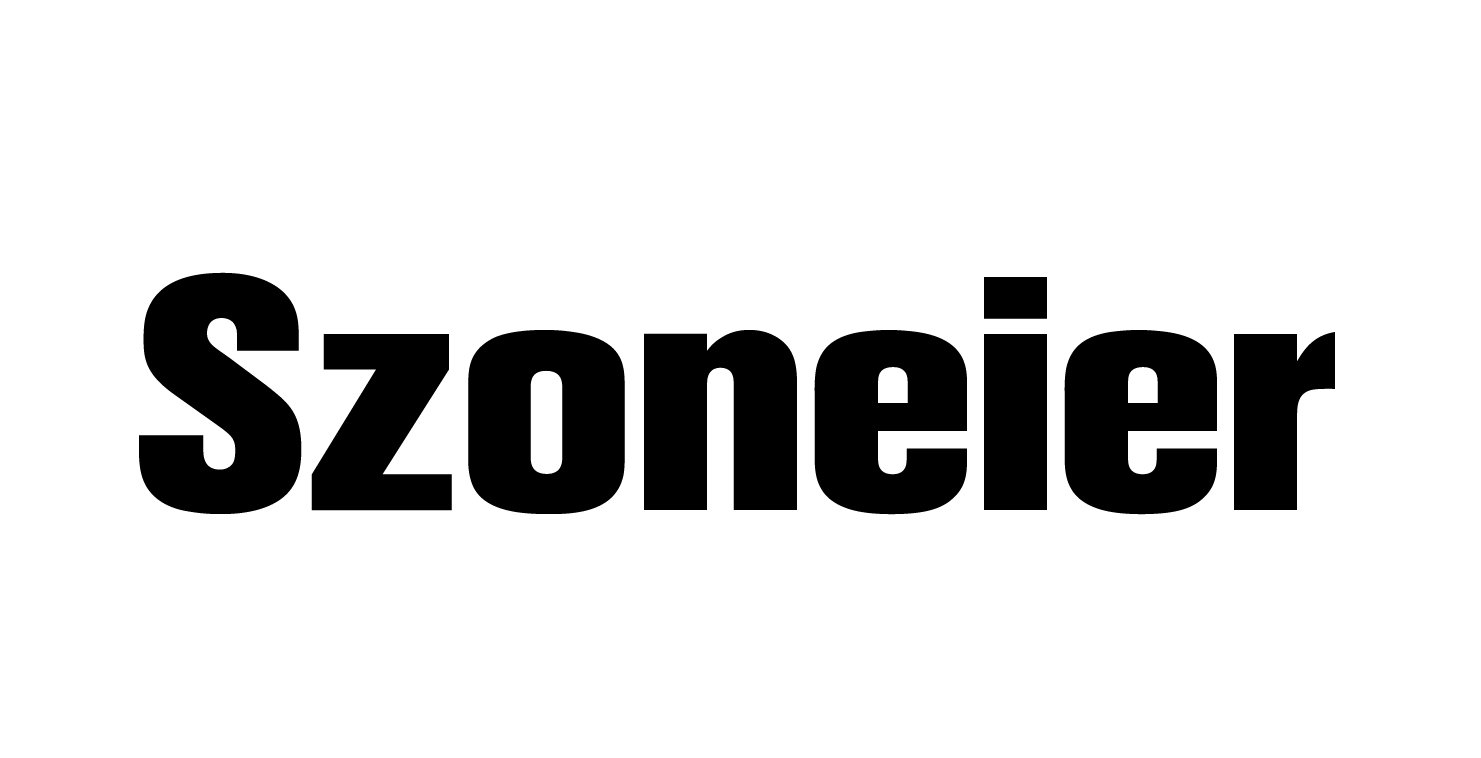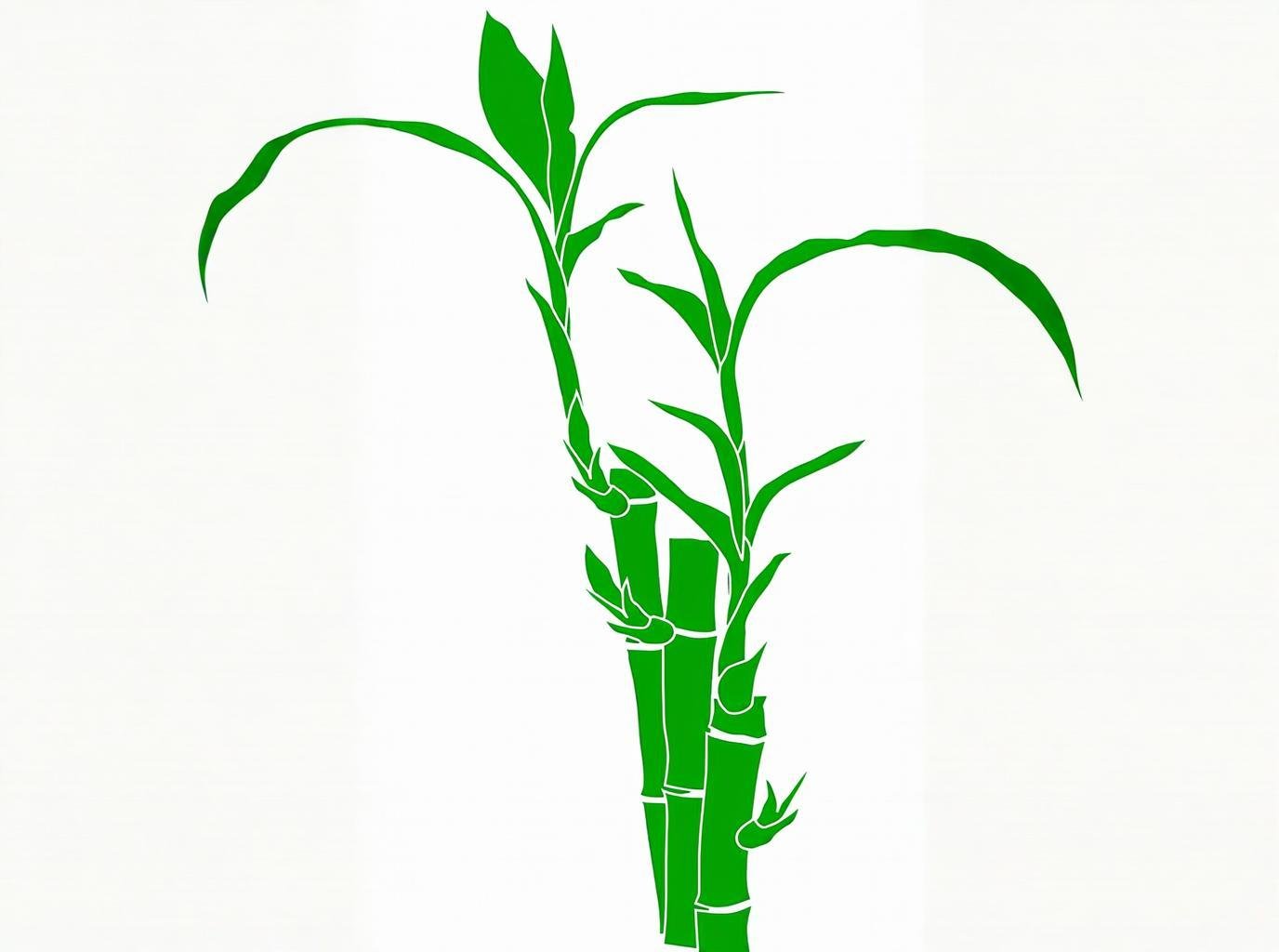Who is the largest producer of nylon?

Nylon, the world’s first synthetic fiber, revolutionized industries from apparel to automotive. But as global demand surges, one crucial question looms: Who leads in nylon production today? This isn’t just trivia—it shapes supply chains, pricing, quality control, and risk management for manufacturers and brands. China is the largest nylon producer globally, accounting for over 50% of global capacity, followed by India and the U.S. Key players include Sinopec, Reliance Industries, and DuPont. China’s dominance gives it significant influence over fiber availability and international pricing.
Still, production leadership isn’t just about scale—it also comes down to innovation, value-added products, and strategic integration. To illustrate, I’ll share the story of a European lingerie brand that nearly shut down its nylon supply chain overnight—until it shifted to a lesser-known but forward-thinking Indian supplier. It’s a perfect example of why understanding the “who” behind nylon matters more than ever.
1. What are the top countries producing nylon globally?
China leads the global nylon supply with more than half of the world’s capacity, followed distantly by India, then the U.S., Western Europe, and South Korea. Global production totals around 4.5 million metric tons per year, with China alone producing about 2.5 million tons. China accounts for \~55% of global nylon production; India (\~15%) and the U.S. (\~10%) follow. Together, the top five producers contribute over 85% of worldwide capacity.
Country-Level Production Breakdown
A. Global Nylon Production by Country (2024 estimates)
| Country | Production (kT/year) | % of Global Capacity |
|---|---|---|
| China | 2,500 | 55% |
| India | 650 | 14% |
| United States | 450 | 10% |
| South Korea | 300 | 6% |
| Germany/Japan | 200 + 200 | 9% combined |
| Others | 200 | 5% |
B. Drivers of China’s Dominance
- Vertical Integration: Chinese firms streamline raw materials → polymer → fiber → fabric.
- Economies of Scale: Massive plants reduce per-unit costs.
- Domestic Demand: Huge local apparel and automotive sectors.
China’s scale offers price advantages but also brings scrutiny around pollution controls, energy consumption, and regulatory changes.
2. Which companies are the largest nylon manufacturers in the world?
Leading companies like Sinopec, Reliance Industries, DuPont, Invista, and Toray dominate nylon production. These firms combine large capacity with R\&D, diversified downstream portfolios, and global reach. Sinopec (China) and Reliance (India) lead in installed capacity. Western majors like DuPont and Invista bring innovation, while Toray (Japan) and Kolon (Korea) offer premium technical grades.
Industry Leaders & Their Strategies
A. Top 7 Nylon Producers
| Company | Country | Nylon Capacity (kT) | Key Products/Focus |
|---|---|---|---|
| Sinopec | China | 1,000 | Nylon chip, filament, textile yarn |
| Reliance Industries | India | 400 | Commodity nylon yarn/fiber |
| DuPont & Invista (USA) | United States | 300 | Specialty carpet & industrial yarn |
| Toray/Teijin | Japan | 200 | High-tenacity and engineering fibers |
| Kolon & Hyosung | S. Korea | 300 | Tyre cord, industrial fabrics |
| BASF, Radici (Europe) | Germany/Italy | 200 | Specialty and blend yarns |
B. Business Models Compared
- Sinopec & Reliance: Volume-driven, local supply dominance.
- DuPont & Invista: Innovation in high-strength and technical nylon applications.
- Toray & Kolon: Premium price points via specialized grades.
C. New Entrants & Expansion
- Adinath (India) expanding capacity to 600 kT
- Chinese newcomers like Wanhua and Weiqiao investing in downstream fabric
- Global push into bio-nylon by major players presenting disruption and branding differentiation
3. How much nylon is produced annually, and how is the market segmented?
The global nylon fiber market produces over 4.5 million metric tons per year, with nylon 6 and nylon 6,6 being the dominant variants. Nylon’s applications range from textiles and automotive to electronics and industrial reinforcement. Nylon 6 accounts for \~65% of global production, used mainly in textile yarn and filament. Nylon 6,6, known for its strength and heat resistance, is preferred in engineering and automotive applications.
Nylon Market Segmentation
A. Global Nylon Production by Type
| Nylon Type | Share (%) | Key Applications |
|---|---|---|
| Nylon 6 | 65% | Apparel, hosiery, carpet, industrial yarn |
| Nylon 6,6 | 30% | Engineering plastics, airbags, tire cord |
| Others | 5% | Medical-grade, composites |
Nylon 6 is generally cheaper and easier to recycle, making it popular in textile and apparel applications.
B. Market Segmentation by End Use (2024)
| Industry Sector | Nylon Usage Share (%) |
|---|---|
| Textile & Apparel | 40% |
| Automotive | 25% |
| Industrial | 15% |
| Electronics | 10% |
| Others (Medical, Sports) | 10% |
The growing demand for lightweight materials in automotive and electronics is fueling nylon 6,6 market growth—particularly in Europe and North America.
C. Fiber vs. Resin Breakdown
| Format | Market Share | Application Notes |
|---|---|---|
| Filament Yarn | \~50% | Apparel, hosiery, fashion |
| Staple Fiber | \~15% | Blended fabrics, uniforms |
| Engineering Resin | \~35% | Auto parts, gears, housings |
D. Growth Forecast (2023–2028)
- Nylon 6 CAGR: 4.8%
- Nylon 6,6 CAGR: 5.2%
- Regions driving growth: Asia-Pacific, Europe (engineering), North America (specialty use)
4. What makes a nylon producer globally competitive—cost, scale, or innovation?
The most competitive nylon producers excel in three key areas: low-cost operations, large-scale vertical integration, and continuous R\&D investment. But for long-term leadership, innovation and sustainability are increasingly more important than sheer volume. Being globally competitive in nylon manufacturing today means more than having high capacity—it requires integrated systems, low energy costs, technical yarn capabilities, and compliance with sustainability certifications.
Key Competitiveness Factors
A. Cost Leadership
| Cost Driver | How It Helps | Example Country |
|---|---|---|
| Cheap feedstock | Lowers polymer cost | India, China |
| Energy efficiency | Reduces operational costs | Brazil, Turkey |
| Local market access | Lowers logistics cost | China, India |
🧾 Example: Reliance’s Jamnagar plant in India uses captive energy and feedstock from its petrochemical unit, significantly lowering per-ton cost of nylon yarn.
B. Vertical Integration
- From caprolactam production to textile-grade fiber extrusion
- Avoids supply chain gaps and reduces dependence on third-party suppliers
- Enables faster lead times for OEMs and brands
C. Innovation Capacity
| Innovation Area | Market Impact |
|---|---|
| Bio-based nylon | Captures eco-conscious demand |
| High-tenacity yarn | Expands industrial use cases |
| Low-pill/spandex blends | Improves apparel performance |
Companies investing in bio-nylon (e.g., nylon 11, nylon 610) are gaining attention from luxury apparel and automotive brands aiming to lower carbon footprint.
D. Certification & ESG Strategy
| Certification | Value |
|---|---|
| OEKO-TEX® / GRS | Apparel market access |
| ISO 14001 | Environmental compliance |
| REACH, RoHS | Required in EU/US |
Producers offering traceability and ESG reporting tools are now more attractive to premium buyers.
5. How does China compare to the U.S., India, and Europe in nylon production?
China is not just the largest nylon producer—it dominates on multiple fronts: raw material control, downstream integration, production volume, and domestic consumption. The U.S., India, and Europe remain strong players, but their roles are more specialized or regionally focused. China outpaces all other countries in nylon production scale and vertical integration, while the U.S. leads in innovation, Europe focuses on specialty applications, and India offers cost advantages for commodity-grade nylon.
Country Comparison by Strength
A. Production Volume & Infrastructure
| Country | Annual Output (kT) | Vertical Integration | Infrastructure Strength |
|---|---|---|---|
| China | 2,500+ | Very High | Excellent |
| India | 600–700 | Moderate | Growing |
| USA | 400–500 | High (engineering) | Strong |
| Europe | 300–350 | High (technical use) | Moderate |
B. Specialization Focus
- China: Mass-market textile yarn, industrial nylon, tire cord
- India: Commodity textile-grade nylon, expanding export capacity
- USA: Nylon 6,6, automotive, aerospace composites, engineered plastics
- Europe: Medical nylon, conductive yarns, apparel-grade microfiber
C. Market Access & Export Share
| Region | Domestic Demand (%) | Export Dependency (%) |
|---|---|---|
| China | 70% | 30% |
| India | 40% | 60% |
| USA | 60% | 40% |
| Europe | 55% | 45% |
China and the U.S. maintain large internal demand buffers, helping stabilize production during global demand dips.
6. Are vertically integrated nylon producers more efficient and profitable?
Yes—vertical integration is a key factor behind the dominance of top nylon manufacturers. It allows better control over costs, quality, lead times, and responsiveness to customer needs, especially in B2B manufacturing. Vertically integrated nylon producers are generally more efficient and profitable due to internal supply chain control, cost reduction, and better responsiveness to custom orders and innovation.
Benefits of Vertical Integration in Nylon
A. Definition of Vertical Integration
A vertically integrated nylon company manages multiple stages in the production chain, including:
- Feedstock (caprolactam or hexamethylene diamine)
- Polymerization
- Fiber extrusion (filament/staple)
- Fabric weaving or knitting (optional)
- Finishing and packaging
B. Cost Efficiency from Integration
| Production Stage | Cost Savings (%) if Integrated |
|---|---|
| Feedstock | 10–15% |
| Fiber Conversion | 8–12% |
| Logistics | 5–10% |
| Waste Reuse | 3–7% |
Reliance Industries, by integrating from naphtha cracking to yarn spinning, reports up to 20% lower cost per ton compared to non-integrated competitors.
C. Quality and Customization Control
- Integrated companies can tweak polymer formulations faster to meet special specs (e.g., flame retardant, UV resistant)
- Better traceability and testing consistency for regulated markets like EU and Japan
D. Risks and Trade-Offs
| Challenge | Mitigation Strategy |
|---|---|
| High CapEx Barrier | Government subsidies, JVs |
| Operational Risk | Modular plants, redundancy |
| Slow Innovation | Open R\&D collaboration |
7. Which industries drive the highest demand for nylon worldwide?
Nylon’s durability, elasticity, and chemical resistance make it indispensable across diverse sectors. Apparel and textiles remain the largest consumers, but automotive, electronics, and industrial applications are fast growing due to nylon’s performance under stress. Textile, automotive, and engineering plastics industries are the largest drivers of nylon demand, with emerging growth from medical, sportswear, and eco-conscious fashion.
End-Use Sector Demand Breakdown
A. Global Nylon Demand by Industry (2024)
| Industry | Market Share (%) | Primary Nylon Type |
|---|---|---|
| Apparel & Textiles | 40% | Nylon 6 filament, microfibre |
| Automotive | 25% | Nylon 6,6 engineering plastic |
| Industrial (Tyre cord, ropes) | 15% | High-tenacity Nylon 6 |
| Electronics | 10% | Nylon 6,6 resin |
| Sports & Outdoors | 5% | Lightweight functional fabrics |
| Medical & Misc. | 5% | Biocompatible nylon |
B. Growth Segments
- Athleisure & activewear: Driven by spandex-nylon blends, breathability, and fast-drying features
- EV automotive parts: Heat-resistant nylon replaces metals in battery casings and sensors
- Technical textiles: Safety gear, industrial belting, filtration membranes
Eco-conscious brands are increasing demand for recycled and bio-based nylon, opening opportunities for suppliers with GRS or bio-certifications.
8. How can fabric buyers choose the right nylon supplier for their needs?
Choosing the right nylon supplier requires aligning technical requirements (fiber type, strength, finish) with capacity, compliance, and pricing. For B2B buyers, reliability, lead times, and certifications matter as much as the yarn spec. B2B fabric buyers should evaluate nylon suppliers based on material specs, certification, MOQ flexibility, sustainability goals, and production capacity.
Key Factors When Sourcing Nylon
A. Technical Specifications
| Feature | Buyer Consideration |
|---|---|
| Yarn type (6 vs 6,6) | Mechanical strength, elasticity |
| Denier | Thickness and drape |
| Finish (bright, dull) | Aesthetic or UV function |
| Blends | Spandex, polyester, cotton |
B. Supplier Evaluation Checklist
| Criteria | Ideal Range / Standard |
|---|---|
| MOQ flexibility | 50–500 kg for test orders |
| Lead time (for custom yarn) | 10–25 days |
| Certifications | OEKO-TEX®, GRS, ISO, REACH |
| Yarn consistency | ±2% denier variation allowed |
| Colorfastness | ≥ Grade 4 (ISO 105 standard) |
C. Certification & Sustainability
- GRS (Global Recycled Standard): For recycled nylon
- OEKO-TEX®: Ensures no harmful substances
- Higg Index/BLUESIGN®: For sustainability benchmarking
- REACH & RoHS: Required for EU market access
D. Case Scenario: Startup Activewear Brand
A small Australian sportswear startup chose a Chinese supplier offering:
- GRS-certified recycled nylon yarn
- Free prototyping
- MOQ of just 100kg
- 12-day delivery Result? Lower launch costs, faster time-to-market, and successful DTC brand entry.
Why Nylon Sourcing Decisions Matter
Understanding who leads in nylon production—and why—is critical for textile buyers, brand managers, and procurement officers navigating a competitive and fast-evolving global market.
While China holds scale and pricing power, innovation and ethical sourcing opportunities are emerging in India, Korea, and Europe. Suppliers with strong technical ability, certification, and low-MOQ services will increasingly lead the future.
Ready to Source Nylon Fabric with Confidence?
SzoneierFabrics is a trusted nylon fabric manufacturer with years of experience in:
- Custom yarn weaving & dyeing
- Low-MOQ orders (starting at 50 yards)
- Fast sampling and free design
- OEKO-TEX® & GRS certified options
- Quick lead times and 100% quality assurance
Contact SzoneierFabrics today for a free sample or quote tailored to your nylon sourcing needs—trusted by global brands and boutique manufacturers alike.
Can't find the answers?
No worries, please contact us and we will answer all the questions you have during the whole process of bag customization.
Make A Sample First?
If you have your own artwork, logo design files, or just an idea,please provide details about your project requirements, including preferred fabric, color, and customization options,we’re excited to assist you in bringing your bespoke bag designs to life through our sample production process.



